From the ancient era to the modern era, architectural style and design have made several transformations throughout the time. Architecture has evolved and changed over time, and we can identify several factors that influenced the design of buildings. Architecture is one of the first things we notice when we visit places around the world, which has been shaped by history.
Architecture has been existing since people decided to build shelters and design how they want their place to look. Functionality plays a huge role in the design of buildings. To live, work and play, people created structures that can be utilized for that need. Other factors such as beliefs, religion, power, security also influenced many architectural designs around the world. It is unique to various regions in the globe and has changed based on technological advancements in today’s world.
Architecture and Design through Ages
Prehistoric Architecture
During prehistoric times, stone structures, tombs and mud-brick houses were some architectural styles that people created. Southern Britain features some well-preserved architecture from prehistoric times. Stonehenge is a great example of prehistoric architecture.
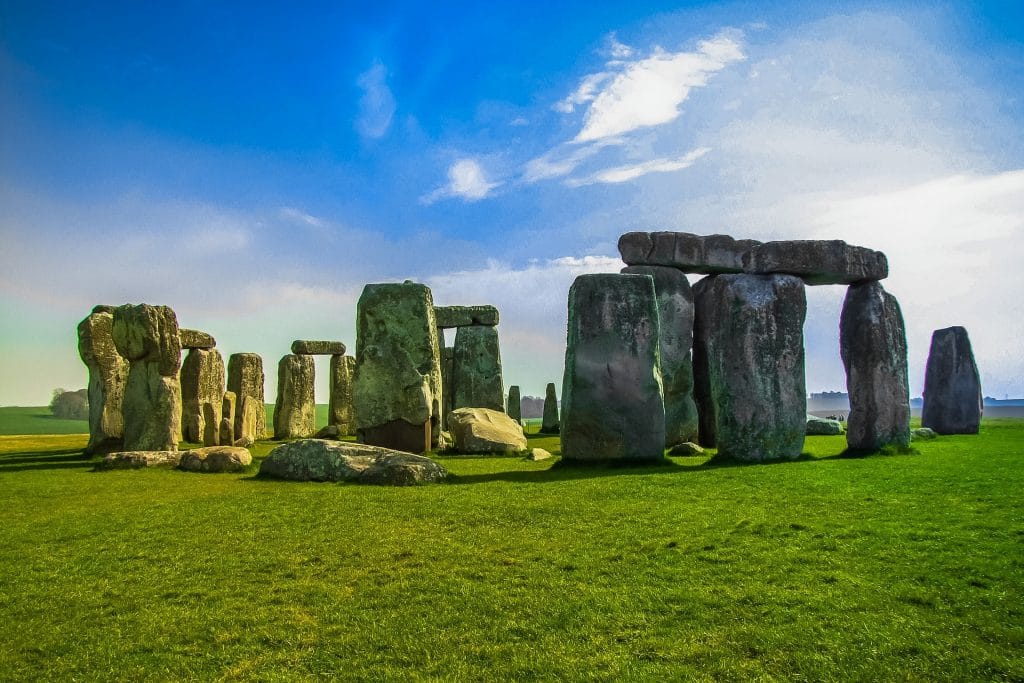
Gobekli Tepe in Turkey is another example of prehistoric architecture. Geometric forms were one of the main creations by prehistoric builders. Since they paved the way for architecture, the prehistoric era is considered the emergence of architecture.
Egyptian Architecture
Pyramids, temples, and shrines were built by Egyptians with the finest feats of engineering. Their excellence provided them with the ability to build huge structures for their kings.
We can see how religious purposes have played a prominent role in Egyptian structures. A strong faith in the afterlife seems to have influenced the old civilizations to build tombs like the Egyptian mastaba and Pyramids of Giza.

Classical Architecture
Ancient Greek and Roman building styles from classical architecture. Symmetry, mathematical principles, proportion, classical orders, and connection between forms formed the main style of architecture in constructing classical buildings. We can see how precise rules in constructing structures appear to be the main character in constructing buildings. Several buildings were created for public utilization.
Domes, arches, columns, and stones were mastered to produce incredible structures seen in the classical era. Colosseum and Pantheon are great examples of classical architecture.
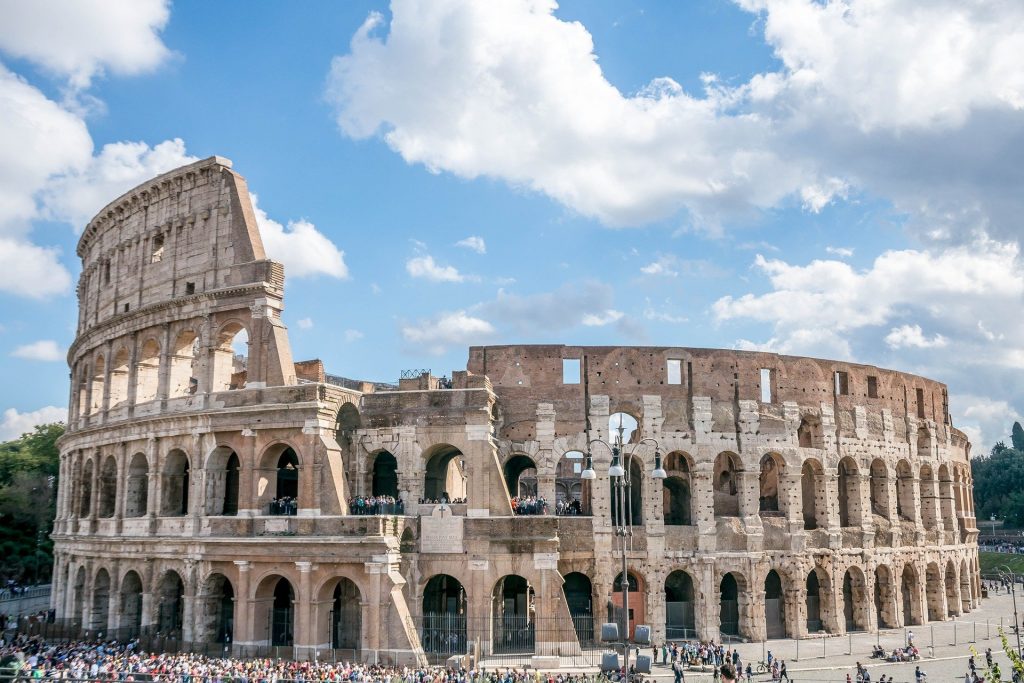
Byzantine Architecture
When the capital of the Roman empire was moved to Byzantium by Constantine, the byzantine architecture featured domed roof structures, classical forms, and mosaics. Roman architecture transformed into a classical-inspired form that utilized brick instead of stone. To create enormous domes and provide huge interior open space, a new architectural style called pendentives, incorporated a concave triangular section to bear the weight of the ceiling dome.
Hagia Sophia is a great example of Byzantine Architecture. Due to its history, the architecture we see has a link between the Western and Eastern styles, making it a transitional era in architectural history. The building styles reflected the Islamic insight and led to a new architectural style.

Medieval Architecture
Pre-Romanesque, Romanesque and Gothic architecture forms the medieval architectural style. Due to wars and crusades during this dark period, all the standing structures that survived include castles and fortresses which are seen scattered throughout Europe.
When Rome grew across Europe, heavier and sturdy structures with rounded arches began to appear. Churches and castles were built with heavy walls and piers. Although the Rome empire declined, it appears their concept reached throughout Europe. Basilica of St. Sernin in Toulouse, France is an example of Romanesque Architecture. It features a Byzantine-domed apse with a Gothic-style steeple, showing the transitional architecture change.
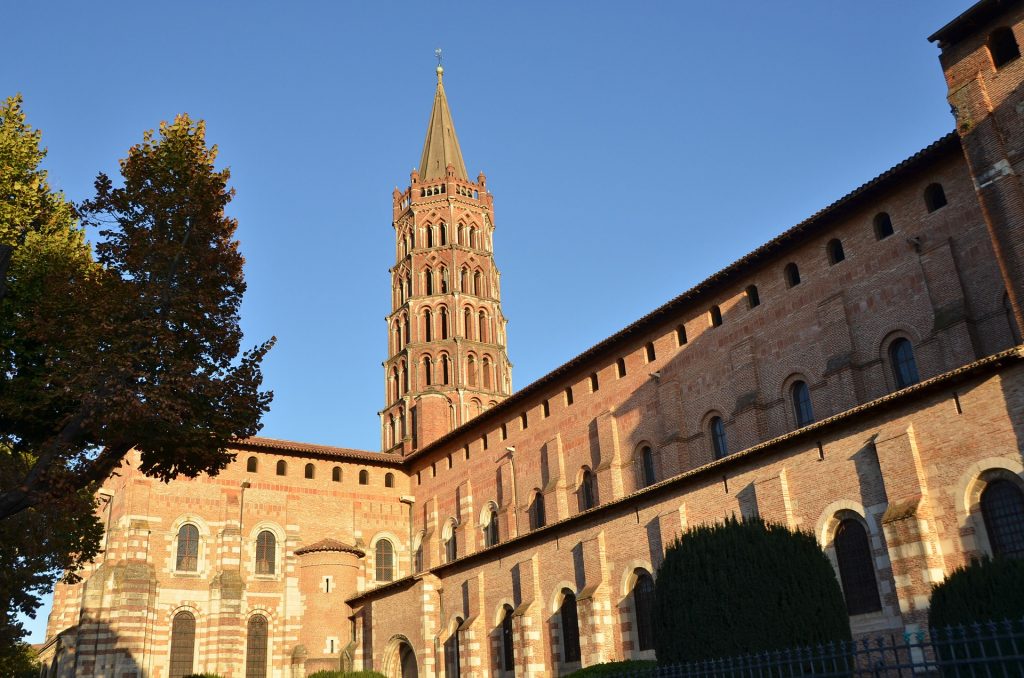
Romanesque architecture was later followed by a Gothic style which is a link between the dark time and the Renaissance was seen mainly in France. Gothic Architecture mastered the arch and the vault that reveals incredible aesthetics and technology. Pointed arches, flying buttresses, ribbed vaulting enabled taller structures in the Gothic period. Notre Dame in Paris is a great example of Gothic architecture.
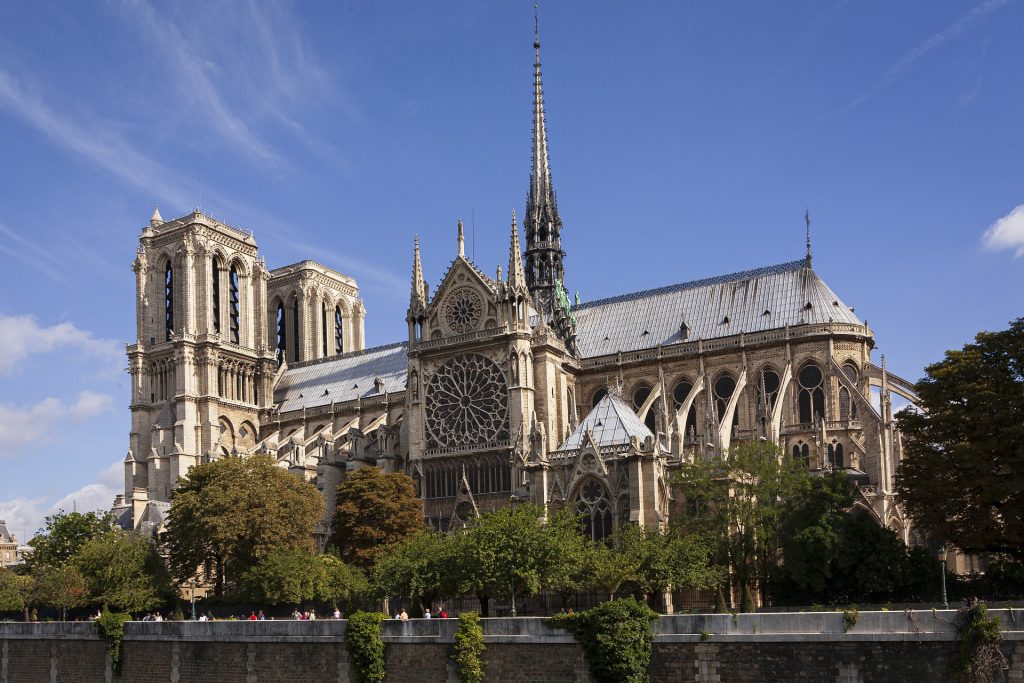
Renaissance Architecture
During the Renaissance period, architecture was inspired by Greek and Roman structures. It was known as the era of cultural rebirth. This era caused the invention of perspective and brought a sense of infinity to Renaissance paintings, which influenced new ways of thinking. St. Peter’s Basilica in Rome is an example of Renaissance Architecture.

Andrea Palladio created symmetrical villas in Venice, Italy. Although his concepts did take the classical order of literature, they reflected the ancient architectural features. They are known as neoclassical in the U.S.
Indian Architecture
Being one of the most ancient civilizations, early Indian architecture is found in the planning of Mohenjo-Daro and Harappan Civilizations. Cave architecture development forms critical in early Indian architectural history. Religions, traditions, and cultural disciplines influenced various architectural forms and structures including forts, temples, and mosques. Colonial history enabled the western style of architecture in India.
With diverse religions and cultures, religious architecture plays a huge role in Indian architectural buildings. Konark sun temple is an example of temple architecture in India. While Taj Mahal is an example of Islamic Architecture in India.


Indonesian Architecture
Location influenced Indonesian architecture, with variations between Hindu-Buddhism, Islam and European styles. It features wooden pile structures, high-pitched roof coverings and extended roof ridges. Pagaruyung Palace in Indonesia is a good example of Indonesian architecture.

Chinese Architecture
Chinese Architecture is a mix of various architectural styles that existed early in Vietnam, Korea, and Japan. The early architecture featured timberwork and modern buildings seen a change in decorative styles. Forbidden city is an incredible example of Chinese Architecture.
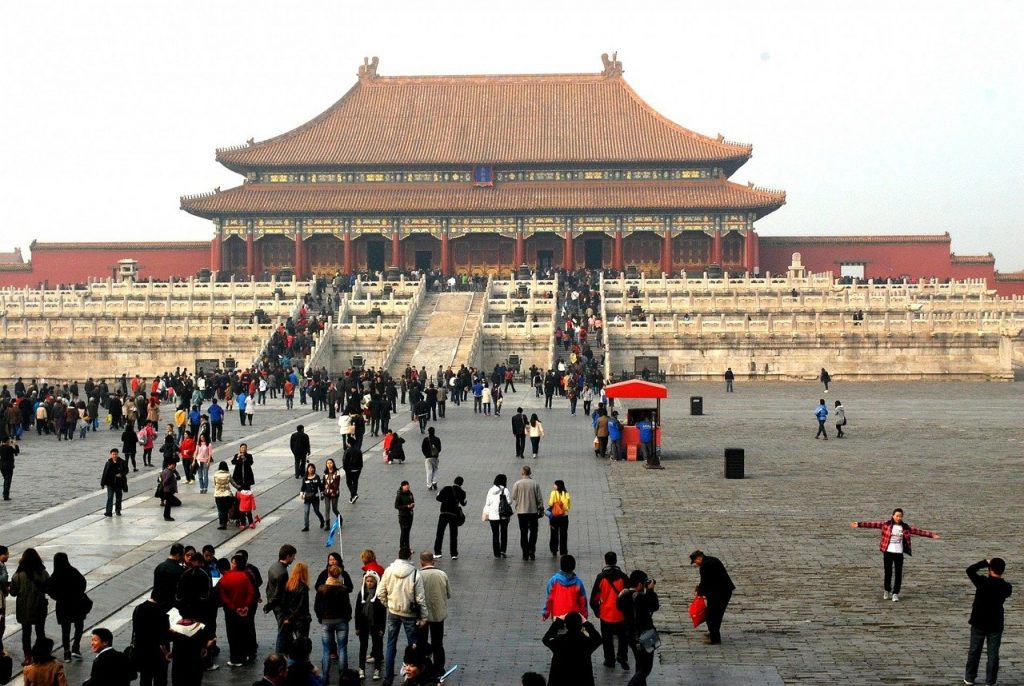
Korean Architecture
Korean Architectures uses a traditional unit to describe shrines, palaces, and Buddhist temples. Their style is identified by the difference between the transitional area of interior and exterior spaces. Curved roofs and eaves with simplistic architectural elements form the Korean architectural style.

Japan Architecture
Culture plays an important role in Japanese Architecture. Wooden structures, buildings projected from the ground, thatched, or tiled roofs form the early Japanese designs. However, after World War II, modernism took over the design of the Japanese architectural style.

Chinese, Korean, and Japanese architecture early designs, appear interlinked potentially due to their geographical locations and history.
Modern Architecture
Art Nouveau was perceived to be the initial step in Modernism. Modern architecture transformed the architectural style completely where it introduced functionalism. It produced more simple forms and buildings with similar characteristics and with less or no ornamentations. Modern equipment, tools, strong materials, and modern construction technology made modern buildings possible. The styles are continually evolving throughout the world. Glass, metal, and concrete are the main building materials seen in the modernistic type of buildings.
Fallingwater is a great example of a modernist architectural style.
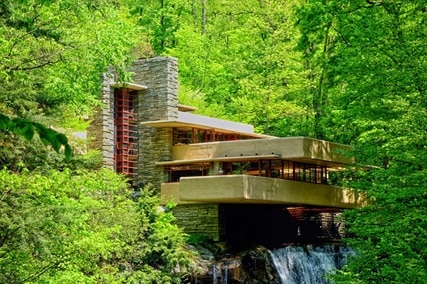
Post-Modernism
Evolved from modernistic style, post-modern architecture is a present-day architectural style that still influences several buildings around the world. Built and designed with the most advanced technologies, sometimes the building also integrates ancient and traditional forms and produces innovative designs. It explores individualism and experimentations of various styles in architecture. It features asymmetry, bright colours, curved designs, and decorative features, which often breaks the rule.
Walt Disney Concert Hall is an incredible example that uses the concept of postmodern architecture, designed by Frank Gehry.
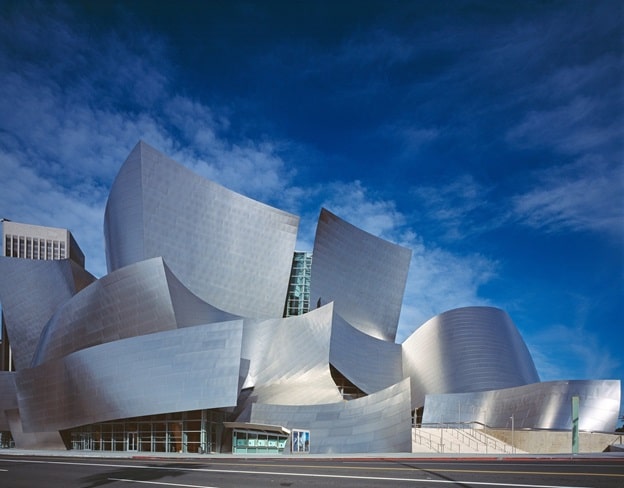
Few architectural patterns during the earliest times still influence the architecture we see today. Ancient architecture seems to be constructed in a way to show aesthetics, security, and power. While building build nowadays produces more innovative forms and are still evolving due to technology and innovation in the built industry.





